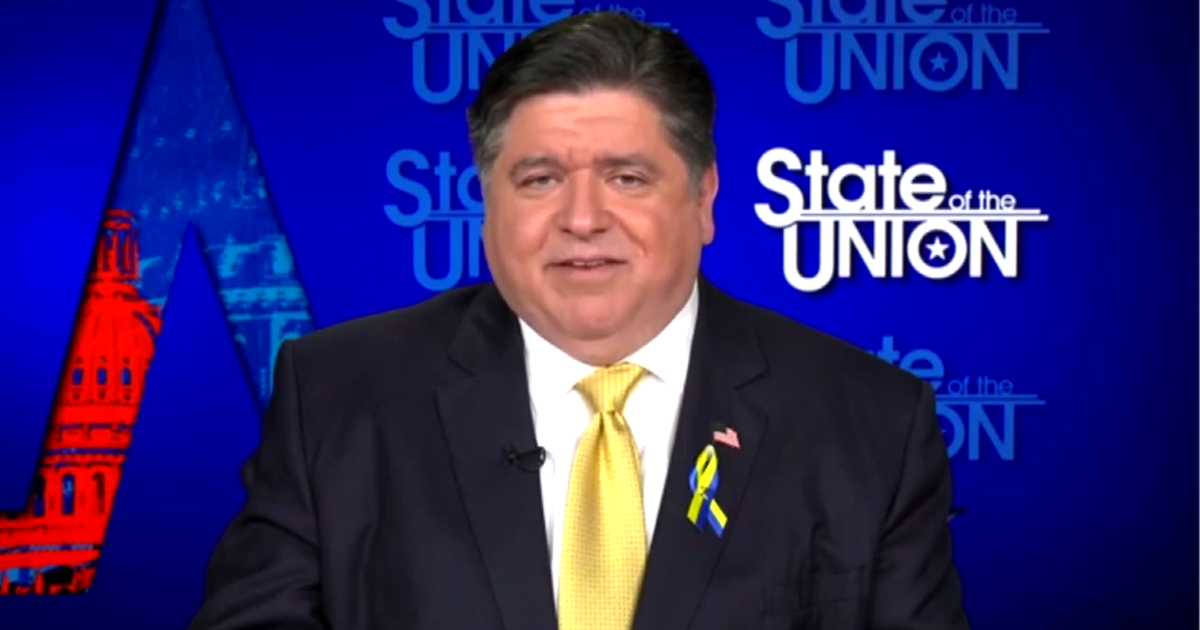On Labor Day, Final Phase Of Pullman National Monument Work To Begin
CHICAGO (CBS) -- The birth of Labor Day is being celebrated in the historic Pullman neighborhood, where the contributions of railroad workers are about to get new honors.
Local, state, and federal officials will break ground on the final phase of work on the Pullman National Monument; a $34 million renovation of the 12-acre visitors' center.
Work was recently completed on the Pullman clock tower building, which was nearly destroyed in a fire in 1998. The original tower was built in 1880, and parts of it were rebuilt in 2015, but the final repairs were only recently completed.
President Barack Obama designated the Pullman Historic District as a national monument five years ago.
Built by industrialist George Pullman in 19th century as a factory town for his workforce, the Pullman neighborhood served a pivotal role in the African-American labor movement.
The Pullman Company's treatment of its workers became the catalyst for the first industry-wide railroad strike in the nation in 1894, when approximately 125,000 workers on 29 railroads refused to work on trains containing Pullman Cars after Pullman slashed his employees' wages.
Nearly 4,000 Pullman Palace Car Co. began the strike in Chicago, leading to riots. When President Grover Cleveland ordered federal troops to suppress the strike, 30 workers were killed in clashes between troops and workers.
Labor Day was created as a federal holiday in an effort to appease organized labor after the Pullman strike, which the new national monument campus will celebrate when renovations are completed next spring.
Pullman also played a pivotal role in the civil rights movement, as African-American porters and maids employed by Pullman weren't allowed to be part of the union, or allowed to live in the town. So they organized their own union in 1925, forging their own place in the civil rights movement in the coming years.
A. Philip Randolph organized the Brotherhood of Sleeping Car Porters, the first all-black labor union in the nation, in 1925. That union became the first labor group led by African Americans to receive a charter in the American Federation of Labor, and played a significant role in the civil rights movement.
Later, in the 1930s, President Franklin Roosevelt signed off on changes to the Railway Labor Act, leading to a boost in the BSCP's membership, and their first contract with the Pullman Company in 1937, providing pay raises, shorter workweeks, and overtime pay.
Leaders of the union also helped convince Roosevelt to ban discrimination by defense contractors. They also convinced President Harry Truman to end racial segregation within the military years later.
Hundreds of row houses and other buildings from Pullman's company town still stand today in the Pullman Historic District, including the Hotel Florence, and the Pullman Administration Building – which is home to the Pullman Company's clock tower, and will serve as the visitors' center for the national monument.



